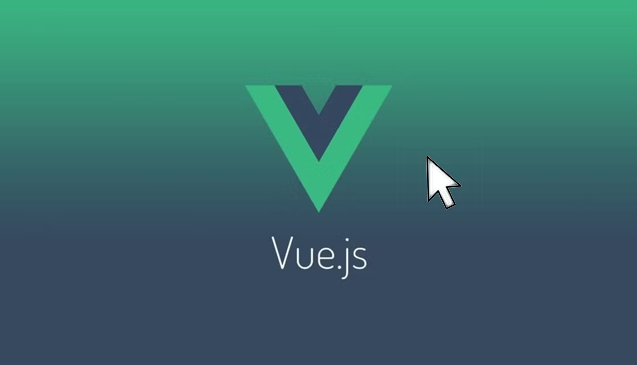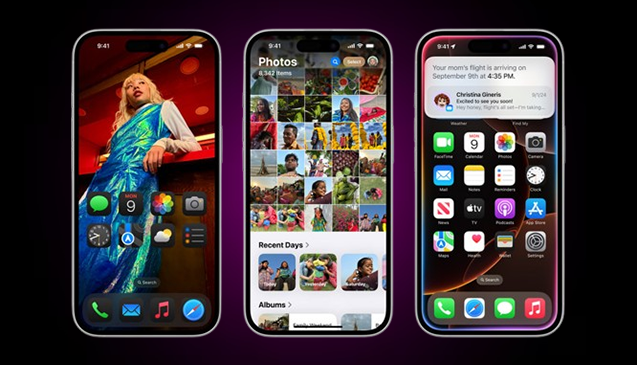The PrimeVue library has quickly gained popularity within the Vue.js ecosystem due to its rich set of UI components that streamline the development of visually appealing and interactive interfaces. As front-end developers strive to build intuitive and user-friendly web applications, leveraging efficient UI tools becomes critical. One such tool is the Anchor Panel, a versatile component in PrimeVue that enhances the structure and design of modern interfaces.
In this article, we’ll dive deep into understanding the Anchor Panel, explore its key features, how to install and implement it, and examine best practices for its use in Vue.js projects. Let’s unlock the power of the Anchor Panel and understand how it can enhance your application’s user experience (UX).
Overview of Anchor Panel

What is the Anchor Panel?
The Anchor Panel is a flexible and expandable UI component in PrimeVue that allows developers to group content into collapsible sections. This functionality is ideal for creating a clean, organized interface, where users can toggle between showing and hiding content as needed. Anchor Panels are particularly useful in situations where you need to present large amounts of content without overwhelming the user.
Key Features of the Anchor Panel
- Collapsible and Expandable: Panels can be collapsed to hide content and expanded when needed, keeping the UI clean and minimalistic.
- Responsive Design: The Anchor Panel adjusts seamlessly to different screen sizes, ensuring that your content is accessible on both desktop and mobile devices.
- Dynamic Content Support: The component can handle dynamic content, allowing developers to load content into the panel based on user interaction.
- Customizable: You can modify the style, themes, and animations to match your application’s design, providing a cohesive user experience.
- Event Handling: The panel provides events for expansion and collapse, giving developers control over how the UI responds to user actions.
Installation and Setup
Getting Started
To get started with PrimeVue and the Anchor Panel, you’ll first need to set up a Vue.js project. Assuming you already have Vue.js installed, the following steps will guide you through setting up PrimeVue and the Anchor Panel component.
- Install PrimeVue:bashCopy code
npm install primevue --save - Install PrimeIcons for icons support:bashCopy code
npm install primeicons --save - Install PrimeVue Styles (theme):bashCopy code
npm install primeflex --save - Import the Anchor Panel into your project. In your main.js file, import the necessary resources:javascriptCopy code
import PrimeVue from 'primevue/config'; import 'primevue/resources/themes/saga-blue/theme.css'; // Import a theme import 'primevue/resources/primevue.min.css'; // Core CSS import 'primeicons/primeicons.css'; // Icons CSS import { createApp } from 'vue'; import App from './App.vue'; const app = createApp(App); app.use(PrimeVue); app.mount('#app');
Dependencies
The Anchor Panel requires PrimeVue, PrimeIcons, and PrimeFlex for styling and layout support. Additionally, make sure your project is compatible with Vue 3 since PrimeVue supports Vue.js version 3 and above.
Usage and Implementation
Basic Usage
Using the Anchor Panel in a Vue.js project is straightforward. Once you’ve installed PrimeVue and its dependencies, you can start integrating the panel into your components.
Here’s a basic example of how to implement the Anchor Panel:
vueCopy code<template>
<div>
<p-panel header="Anchor Panel Example" toggleable>
<p>This is some content inside the Anchor Panel.</p>
</p-panel>
</div>
</template>
<script>
import { Panel } from 'primevue/panel';
export default {
components: {
'p-panel': Panel
}
}
</script>
In the example above, the <p-panel> component represents the Anchor Panel. Setting the toggleable attribute makes the panel expandable and collapsible, allowing users to show or hide content as needed.
Customization
PrimeVue allows you to customize the Anchor Panel’s appearance and behavior. You can adjust properties such as the header, icons, and animation effects to better match your application’s design. For example, to change the header’s style or add custom icons, you can pass additional options to the component:
vueCopy code<p-panel header="Customized Panel" toggleable>
<template #icons>
<i class="pi pi-cog"></i>
</template>
<p>This panel has a custom icon!</p>
</p-panel>
The use of slots in PrimeVue enables advanced customization, such as replacing the default expand/collapse icons with your own.
Advanced Features
Dynamic Content
The Anchor Panel supports dynamic content, meaning you can load content into the panel dynamically based on user actions, like clicking a button or scrolling. This makes it ideal for creating interfaces where content needs to be loaded asynchronously or updated in real-time.
vueCopy code<template>
<div>
<button @click="loadContent">Load Content</button>
<p-panel v-if="loaded" header="Dynamic Content Panel" toggleable>
<p>{{ content }}</p>
</p-panel>
</div>
</template>
<script>
export default {
data() {
return {
loaded: false,
content: ''
};
},
methods: {
loadContent() {
// Simulate loading content
this.content = 'This is dynamically loaded content!';
this.loaded = true;
}
}
}
</script>
In this example, content is loaded into the Anchor Panel when the user clicks the “Load Content” button, demonstrating how easy it is to integrate dynamic content.
Event Handling
Managing events such as panel expansion and collapse is crucial when you want to add custom logic to these interactions. The Anchor Panel component emits events like expand and collapse, allowing you to react to user actions.
vueCopy code<p-panel header="Event Handling Panel" toggleable @expand="onExpand" @collapse="onCollapse">
<p>This panel fires events on expand and collapse.</p>
</p-panel>
<script>
export default {
methods: {
onExpand() {
console.log('Panel expanded');
},
onCollapse() {
console.log('Panel collapsed');
}
}
}
</script>
Accessibility
Accessibility is a vital consideration when building any user interface. The Anchor Panel is designed to be accessible, with built-in support for keyboard navigation and ARIA attributes. For example, users can navigate panels using the Tab key, and the expanded state is conveyed via appropriate ARIA attributes, ensuring compatibility with screen readers.
Best Practices
Performance Optimization
While the Anchor Panel is a powerful component, optimizing its performance is essential for maintaining a smooth user experience. Here are a few tips:
- Lazy loading: Load panel content only when the user interacts with it. This reduces the initial load time, especially for applications with multiple panels.
- Minimize re-renders: Avoid unnecessary re-renders by controlling when the panel content updates. Utilize computed properties and watchers to optimize performance.
Design Considerations
When designing interfaces with Anchor Panels, it’s important to maintain a balance between functionality and visual simplicity. Here are some tips:
- Prioritize user experience: Ensure that expanding and collapsing panels does not overwhelm users with too much information at once.
- Consistency: Use consistent styling for all panels to maintain a cohesive look throughout your application.
- Mobile responsiveness: Ensure the panel works well across different devices by leveraging PrimeVue’s built-in responsiveness features.
Conclusion
The Anchor Panel in PrimeVue is an invaluable tool for Vue.js developers looking to create sleek, user-friendly interfaces. Its collapsible nature, customization options, and support for dynamic content make it a versatile component that can greatly enhance the user experience of any web application. By following best practices and paying attention to performance and design, you can create applications that are not only functional but also visually appealing.
For more exclusive stories and insights, visit EntrepreneurEra




